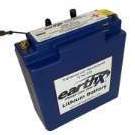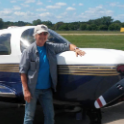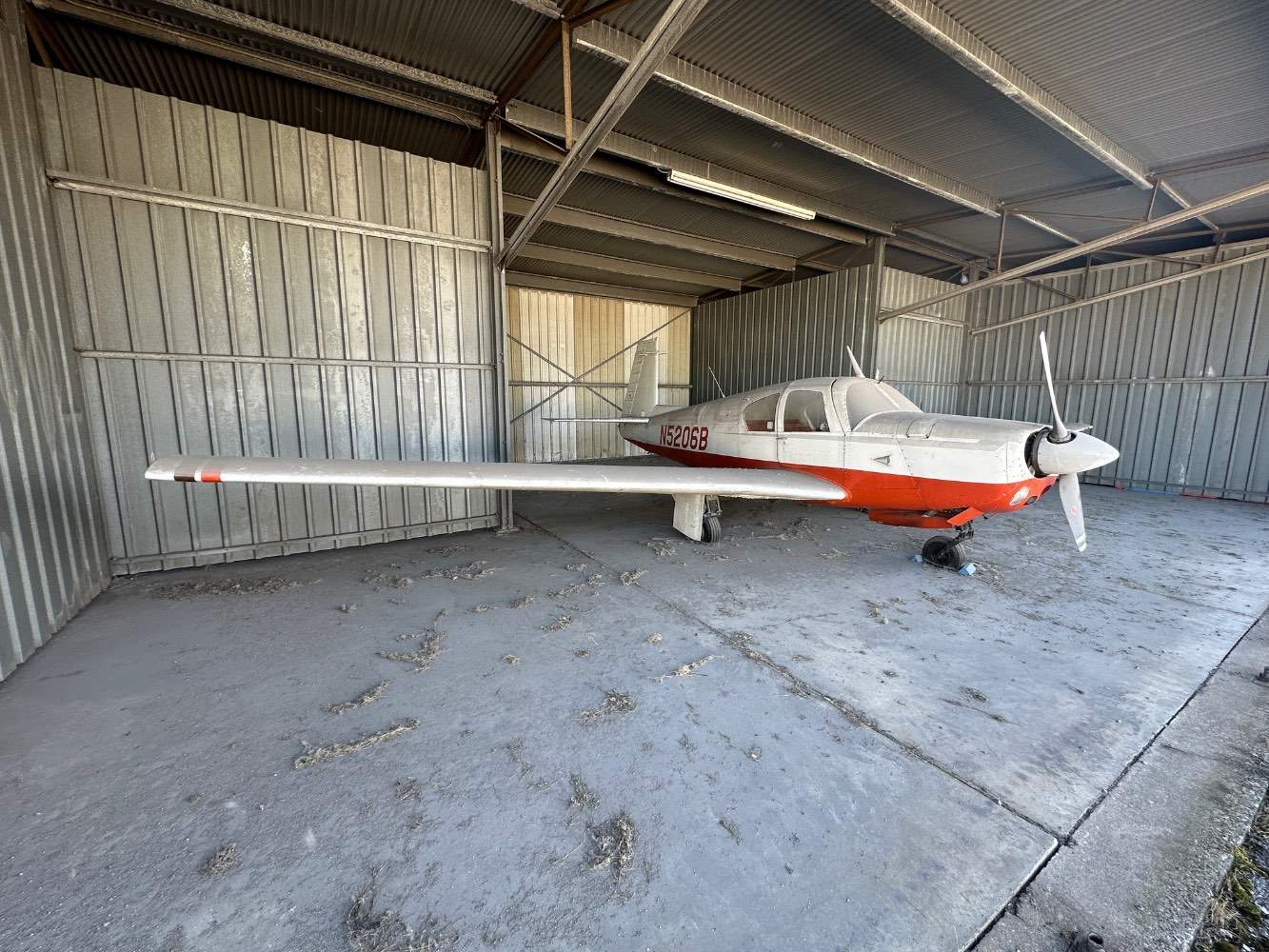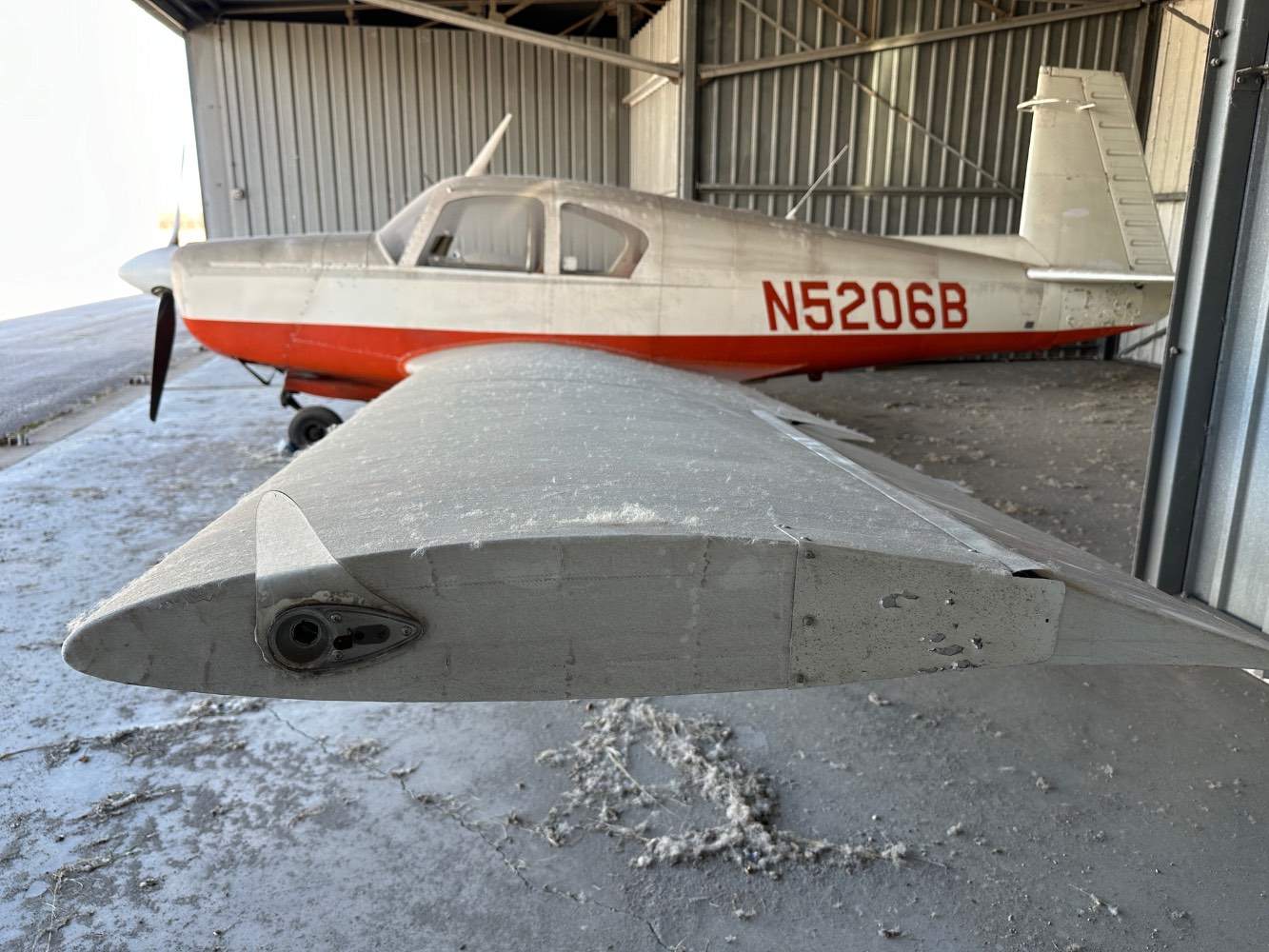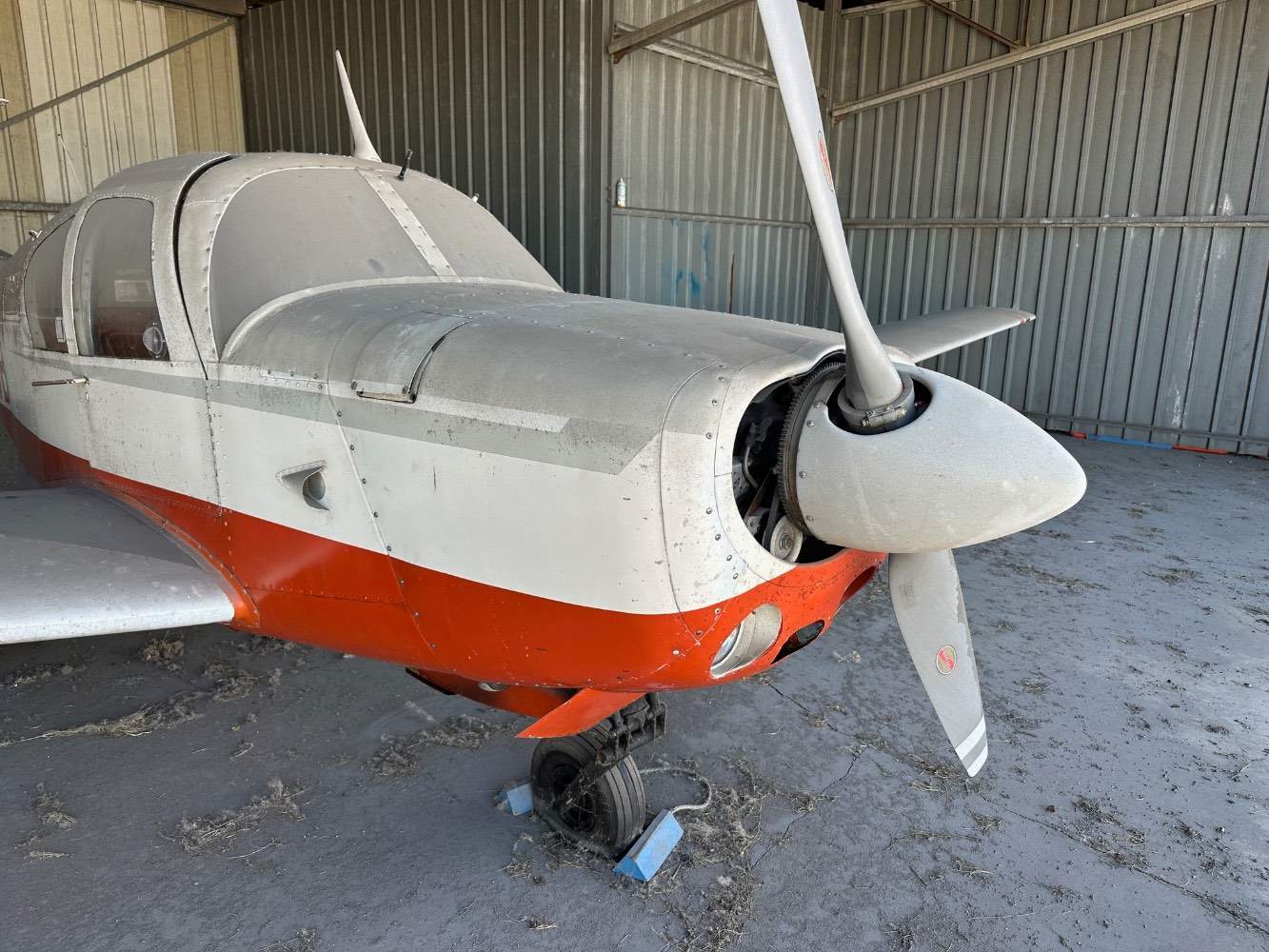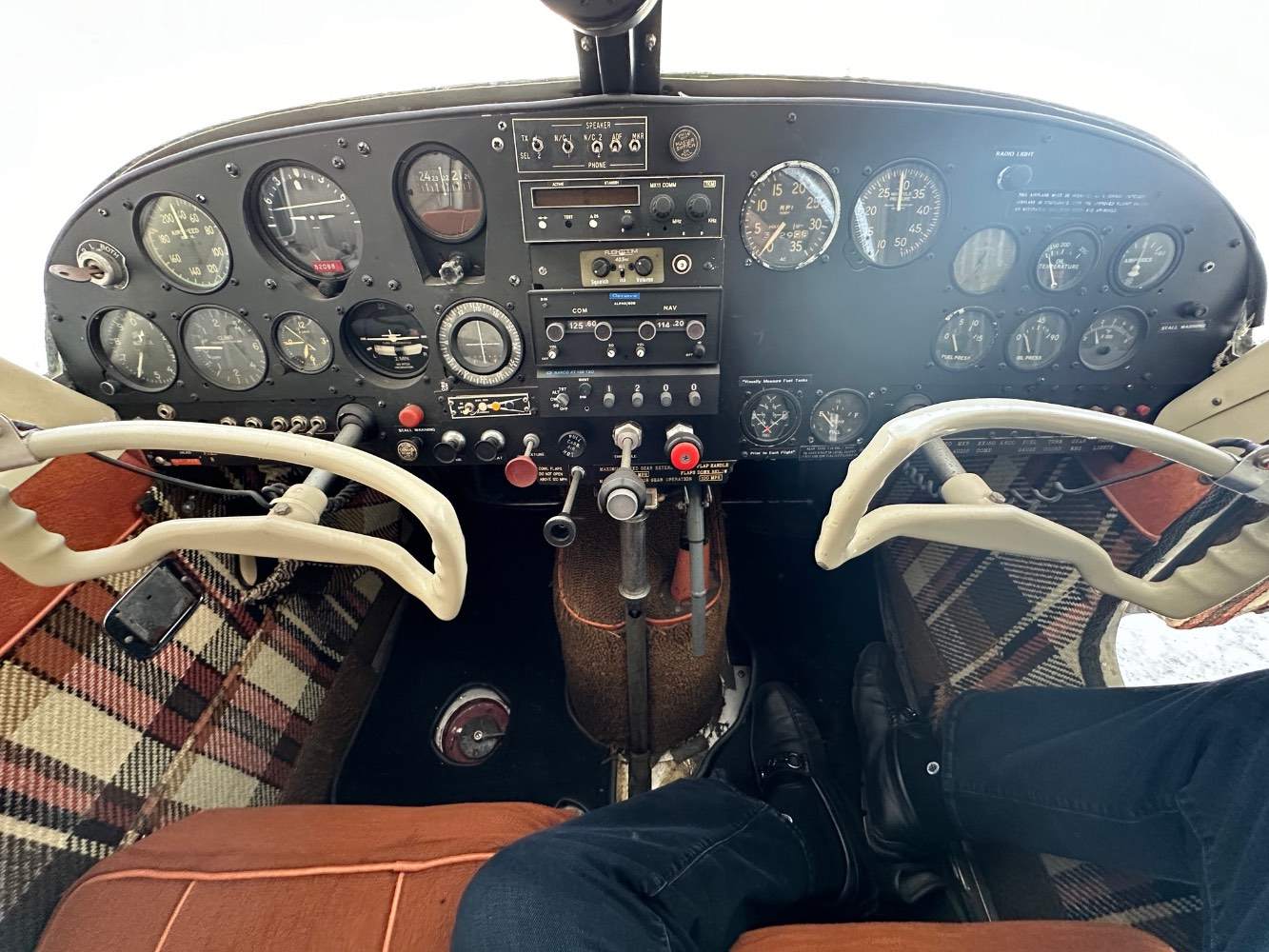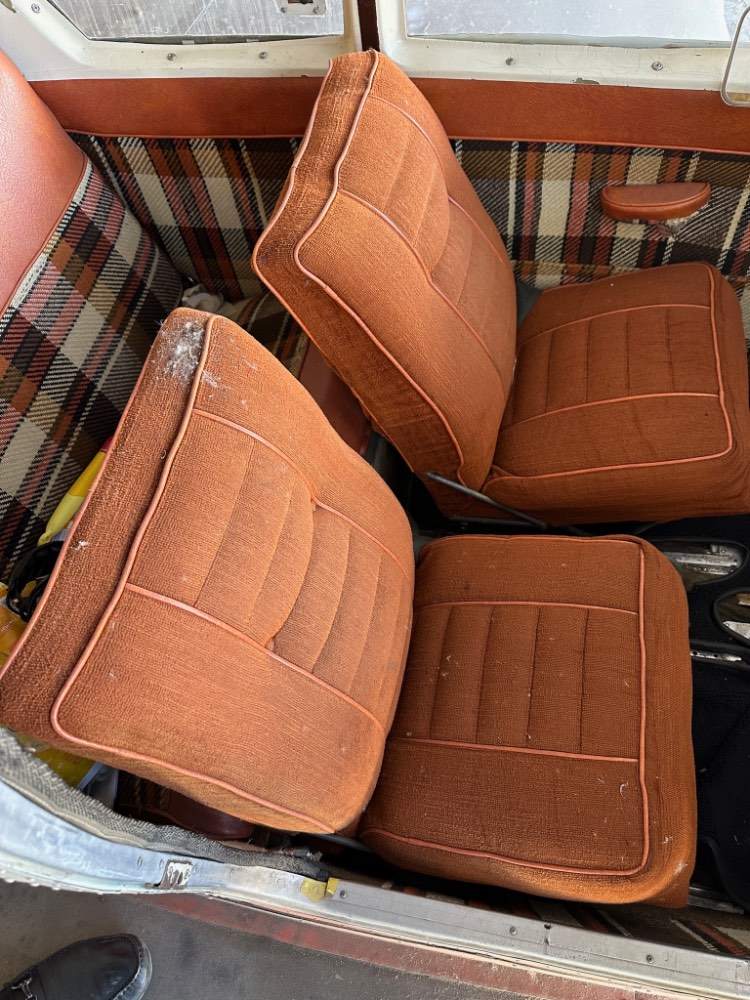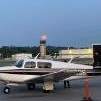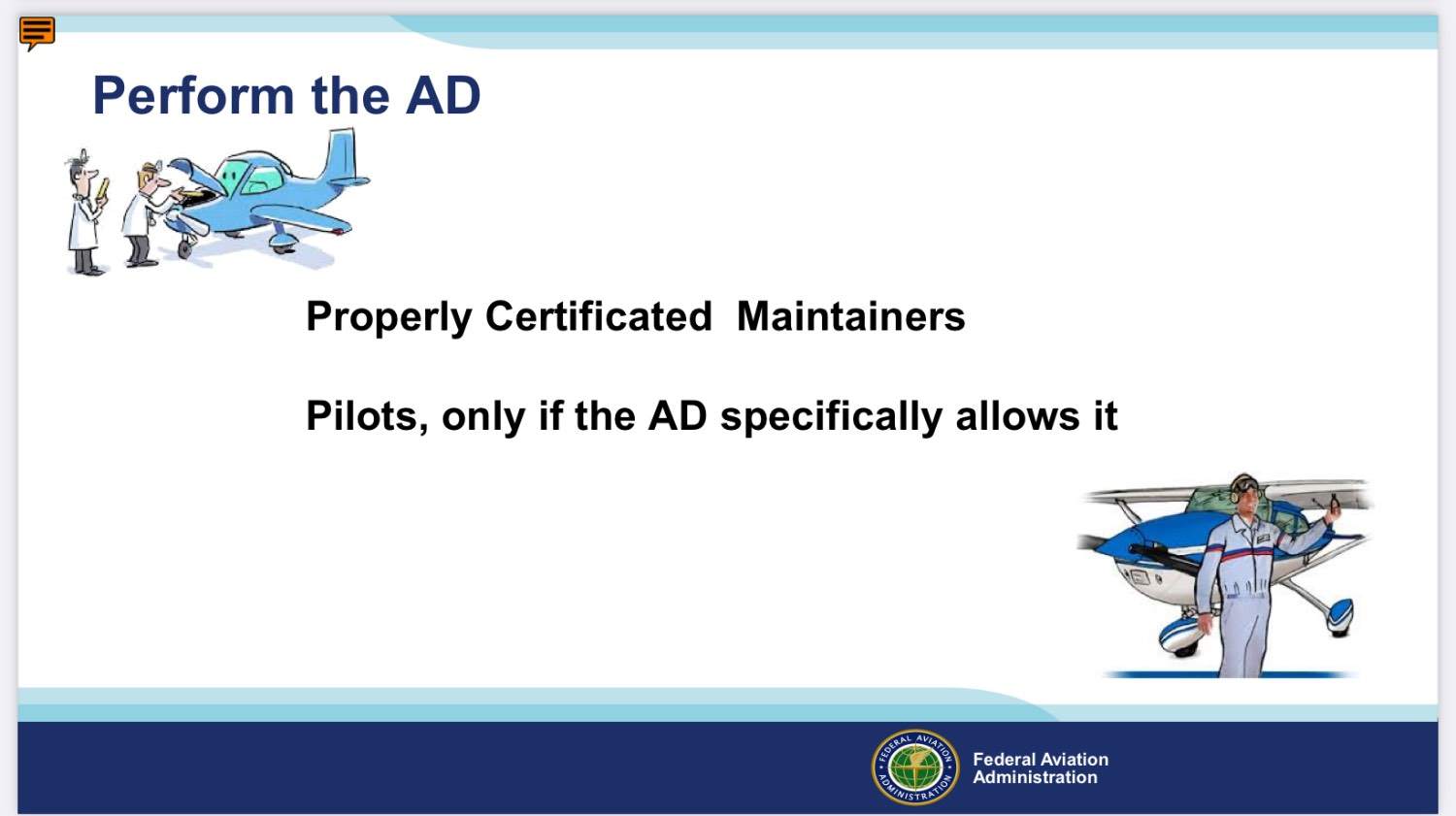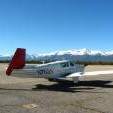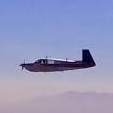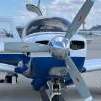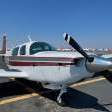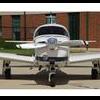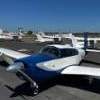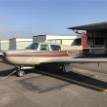Leaderboard
Popular Content
Showing content with the highest reputation on 08/22/2024 in all areas
-
5 points
-
Most MSers are probably familiar with the M20 that I picked up. It was listed here as a Free M20A in southeastern Wi. It ended up not being an A model but a straight 0-320 powered M20. I thought I would start a separate new thread to share bringing it back to airworthy. I’ll update this thread as I do the “ inspect and repair as necessary”, or IRAN. This will be probably a year long process to get it flying as my full time job is quite busy and I commute 5 hours home on weekends from Southeastern Wi. My plan is to get it flying, fly it a bit and then sell it. As much as I’d like to keep it long term, it’s just too expensive and I’m not willing to spend that kind of money when I’m done working full time in a year and a half. I’ll start updating this thread from the beginning to where the project is today. Thanks, David3 points
-
I think it is important to have a philosophy when designing a panel because there is so much available that it is easy to get carried away. In my case the driving force was reliability; I was tired of playing whack-a-mole with old avionics. I designed to protect against only single failures. The new equipment is so reliable that I reasoned the joint probability of two failures on a single flight was nil. But, every piece of equipment will have some finite failure rate and I wanted to minimize the installed equipment to maximize the reliability over my period of ownership. Others may certainly have different philosophies that might drive different decisions.3 points
-
Hi Mike and Shadrach, I copied my earlier response as it does explain why we did what we did. In order to attain a FAA TSO approved lithium battery with an STC for a certified aircraft, it took over 5 years of time and resources, encompassing over 161 different tests to be completed and passed to engineer a battery that meets or exceeds all of the safety and performance regulations. The ETX900-TSO model with 15.6Ah achieved this. I understand you WANT more, but more is not needed based on A LOT of empirical data and tests. There is engineering and FAA regulations to govern the safety and reliability for everything on or in your plane. From the fuel tanks and how many gallons you can carry, to the wheels, to the propeller, to the length of your wings, etc. This battery is no different. I agreed to come on this forum to help answer questions for knowledge and understanding as up until now, you had no other choice but a lead acid battery. We worked very hard to provide an alternative choice, and it is just that, a choice.3 points
-
Was this already posted? If so, I’ll delete it. https://m.facebook.com/groups/218676792817854/permalink/1052348919450633/?2 points
-
No, I would buy their full cover set. also, I bought the lightweight material. they have a set for outdoor storage2 points
-
I have told quite a few passengers to randomly pull the throttle to idle while we are flying so I can practice engine out. So far nobody has done it....2 points
-
The saving grace for a lot of engine failure accidents is that the engine failure was caused by fuel exhaustion. So no post impact fire.2 points
-
While that is a good idea, most people who burn to death in a Mooney crash die from knocking a wing off and rupturing a fuel tank. Turning off the master is a great idea, because it will remove a lot of ignition sources for all that gas that was scattered around.2 points
-
Hi Z W, Sorry to hear that happened to you! EarthX does have built in protection for many different "abuses" that can happen with a battery and over voltage is one of them. (This is why Cirrus coined the phrase that is it a "smart" battery). But to answer your question, nothing would have happened to the battery if a FBO used a 24V jump pack on your 12V battery as it protects itself from such an event. However, your other equipment that is 12V would have still been damaged. Part of the built in protection features is the battery has a local LED light indicator and it is also remotely mounted on your panel as the battery can annunciate to you with different flashing codes if something is outside of normal and should be investigated. Here is a link to a quick reference on what is being monitored: https://earthxbatteries.com/wp-content/uploads/2023/01/220707-LED-Indicator-Quick-Reference.pdf It has been said that lead acid batteries do not need anything like this and the built in electronics is something to worry about failing, but as you experienced firsthand, protection would be a welcomed feature if it was possible, but acid does not play well with others, and it is not possible to have built in protection.2 points
-
They wont even allow IFR traffic to transit through. I laughed at the controller when they told me that "Must be nice" is what I said to them. I now just fly across the pond when I need to get to WI. Flying in NY and out of NY airspace has thrown me every possible curve ball. At this point nothing bothers me besides getting 3 full reroutes in a row Meanwhile in NY, directly over JFK: Or directly over LGA: Or over NYC itself:2 points
-
I look at the engine elephant in the room a bit differently: I either can afford to own an airplane or I can't. Part of that decision is being able to drop $40K on an engine at any given time. Unless you are running an actual business as opposed to a hobby (which is what flying is for me) the idea of keeping an accrual account and 'paying' into it every month just seems silly. As @M20F says, what happens when the engine goes TU and you only have $10K saved? Personally, I think that 'approach' explains why many aircraft are rotting on ramps...in reality the owner really couldn't afford to own and the plane was sent to the ramp when a big item like an engine OH raised its ugly head and the 'reserve' was insufficient to cover the unplanned expense. Apologies if that comes across harsh.2 points
-
I have manual gear. My father in law (also a pilot) teases me that all the knob turning and lever pumping makes it look like I’m running a steam engine during approach and take off.2 points
-
I have a gas-powered golf cart, but out in the country, it's not going on any trips. I fill it with avgas, just because car gas goes bad so fast. I probably use ~5 gallons annually, so the additional cost and trouble are negligible. It usually takes just a couple of minutes to fill up in the driveway.2 points
-
I believe that the FAA answer is that a pilot/owner can sign off an AD only if it says so in the AD. While lubing flight controls can be done under preventative maintenance, AD 73-21-01 does not say anything about a pilot being able to certify the compliance so, he/she could do the work under supervision but an “appropriately rated” mechanic must sign it off. The Bendix ignition switch AD, 76-07-12, however, does say, “3. The checks required by this AD may be performed by the pilot.” from the FAASTeam:2 points
-
Having spent eight of my 30-year ATC career in Tucson (5 tower, 3 TRACON), depending on the time of day, I wouldn’t be surprised if CD, Ground, and Local were combined but the departure control sounding like the same guy was a coincidence. The approach control is a separate facility located on D-M AFB. Side note: Great to see someone from my old stomping grounds. I grew up in Mesa, learned to fly at CHD, had my Mooney hangared at GYR, and spent five years working at PHX tower.2 points
-
1 point
-
People who point out an overhaul could be needed at any time are correct, but there's a separate aspect of this that may or may not matter to you: valuation. Even though you can't predict when an overhaul might be needed, everyone still appraises aircraft based on engine hours, and sales prices generally reflect that. For example, it would be reasonable to appraise M20J airplanes with a $20/hour engine time adjustment, based on an estimated $40K overhaul cost and 2000 hour TBO. A specimen with a fresh overhaul might be advertised at $140K; while an otherwise identical specimen with 2000 SMOH might be advertised at $100K. Now, the former could suffer infant mortality and need major engine work next week; while the latter might go another 1000 hours with no trouble. But because valuation is a statistical betting game, the difference in asking/sales price is going to be close to the cost of an overhaul, and therefore the value of an airplane really does decline significantly with engine use. So... if you have reason to preserve the value of your aviation enterprise, you might put $20/hour into an engine kitty, such that the value of the actual airplane plus the value of the kitty stays relatively constant (modulo market fluctuation, inflation, etc.) If you sell the airplane before overhaul, you likely get out about what you put in, from the sale price plus reclamation of the kitty. If you overhaul the engine before you sell the airplane, you'll have to come up with additional funds because the kitty won't cover it. But at that point you'll have an airplane that is worth more than when you bought it - probably about as much more as the out-of-pocket funds you used to cover the difference between the kitty and the actual overhaul cost. It's fair to say this is kind of a silly exercise for a private owner using an airplane for pleasure - I agree with @MikeOH that you can either afford it or you can't. But it can make a lot of sense to fund an engine overhaul kitty in a partnership, or in an airplane that is primarily a business asset.1 point
-
But do you have a roof fund? And an AC fund? And an engine overhaul fund? All separate?1 point
-
1 point
-
Thank you for pointing that out. Where I live, it is often gusty and very windy. Mine will have to unfortunately sit outside while I find/build a hangar. It would suck to mess up the paint with a loose cover flapping away at it.1 point
-
One thing to watch for, keep it as tight as possible when it’s on. Tight. It looks like good quality, but my bruces has zero wrinkles when on and doesn’t move in the wind at all. You don’t want it slowly rubbing.1 point
-
I might also suggest pulling the pma7000, cleaning the connections as much as possible on both the unit and rack, then re-racking it.1 point
-
Insurance typically covers crop damage. That's essentially what liability is for.1 point
-
I just try to keep a slush fund for whatever jumps up. Aircraft engine. Car accident. Life.1 point
-
Over in safety, the numbers are around 10 - 15% from failure of equipment. 80 - 85% are unsafe acts of people. And about 1 - 1.5% from acts of God (unavoidable)1 point
-
Hi Mike, I apologize, I focused on the part of the post that said "spraying acid all over the inside of the battery box, which then dripped out the drain onto the tarmac" as that clearly would not happen to the plane if it was a lithium battery. In the scenario of someone using a 24V jump on a 12V battery, the BMS protects the battery only, the BMS does not protect the other equipment on the plane.1 point
-
1 point
-
1 point
-
@Vance Harral - @N201MKTurbo is right. I dropped in at about 9PM and they were super chill. Here's the route: https://www.flightaware.com/live/flight/N226C/history/20240808/0258Z/06C/06C I just radio'd in, said I was over the Northbrook VOR and requested southbound, then northbound, along the VFR corridor at 1500 or lower. They were chill the whole ways and gave me notams when I was headed back to Schamburg for REIL's out. They also had a DA40 on flight-following that even at 60% power, I was overtaking.1 point
-
My panel is far from being finished at this point so can't do any manual tests. But yeah, after thinking about it, doesn't make much sense. We are trying to come up with a plan for 2 failures - PFD and electrical. Most likely will be one or the other, but in case both do fail, should have enough navigation capability to land somewhere quickly.1 point
-
I try to practice the SFO techniques Nate Jaros @Buster1 describes in his book Engine Out Survival Tactics quarterly. I’m still trying to connect with @mike_elliott to try it with foggles and using SVT down to 200 & 1/4. -dan1 point
-
I definitely don’t struggle, I deny it’s an emergency. It can make it loud, it can make it cold, it can make it a little wet, and it can cost you a few knots but that’s about it.1 point
-
So the AFM should read minimum crew 2 - 1 x Pilot, 1 x Stoker1 point
-
Yes, it does. Uses the same antenna option as the G5. Works quite well.1 point
-
Next week you pick it up and fly 10hrs that week depositing $500 in your new HYSA. The following week the motor blows up, what now? For an IO360 I would say get $30K in the fund and then buy the plane. I would figure $20K year one in additional expenses unless you are buying a well known plane. It does get better but it is a very expensive and unpredictable hobby. Figure on 10 days, not 10 years.1 point
-
The biggest issue with engine inactivity is corrosion. I wouldn’t automatically call an airplane only flying five hours a year for 15 years a deal breaker, but I’d sure borescope every inch of the cylinders.1 point
-
1 point
-
I had some extra avgas a long time ago and ended up using it in a lawn mower. I enjoyed the smell of the burning avgas much more than I expected. Just something about that smell!1 point
-
I just converted an electric golf car from 36 volt lead acid to 48v Lifepo4. I dropped more than 200 pounds of weight and now have probably 4 times the range - although I haven’t tested just how much range it has because frankly I don’t want drive 50 miles to find out when it’s going to finally give up. Sunday I drove it 12 miles in three different trips and based on the recharge time it didn’t use up much capacity. The charger is 15 amps and it ran for maybe 60 - 90 minutes. So basically I used 15-20% of capacity? I purchased a 100 AH battery which I am happy with because I also made the golf cart into a mobile 5.1kwh “power wall” that I can plug stuff into if the power goes off. The point of this long winded story if I were just using it for driving around I easily could have gone half the capacity and still had plenty of range. Personally I really like how Lifepo4 batteries perform and based on the fact I have multiple backups besides my starting battery I don’t see much downside.1 point
-
I use all of 'em! 1st person: I, me; we, us 2nd person: you; ya'll 3rd person: he, him, she, her; they, them, all ya'll These are the ones that comply with the basic rules of English grammar. My Mooney, sadly, doesn't have a fixed pronoun, usually "it" but sometimes "she" (even though she's not a boat!).1 point
-
1 point
-
My OH engine in the 252 had ~ 100 hrs since last flown. It's been "pickled" according to the IA. It will have a "pre-oil procedure" before being run. Borescope of cylinders looks fine. We will see!1 point
-
I was ferring a plane to the Seattle area and the transponder quit. I called to get a waiver and talked to the author of that NOTAM. back to the original thread. We have a contract tower. It is fully staffed. All the voices we have grown accustomed to have changed in the last year and all sound much younger. Things still work OK. The last time I flew to KTUS It took forever for CD to answer, When I contacted ground, it was the same guy. When I contacted tower, it was the same guy, When I contacted departure, it was the same guy. So, it seems the FAA has some issues...1 point
-
Thanks Mike for correction of my typo and I did correct it. Good catch. I did notice you mentioned a 20 pounds weight savings if you are currently using the RG35AXC, but it would be a difference of (32-5.4=26.6) almost 27 pounds. And as I mentioned in my post, if you need more than 60-90 minutes to be able to find a place to land in the event of an alternator failure, then the ETX900-TSO battery would NOT be a good choice for you and you should absolutely use a higher capacity battery. Again, I want to reiterate, it is very important as a pilot of know exactly how much energy you need in the event of an alternator failure, so you know how much time you have to land. This is why you must have your battery checked annually for its capacity as time will decrease the name plated Ah. If you need 10 amps an hour, then you know that with the EarthX battery, you have 1.5 hours to land. If you had the RG35AXC, you would have 3.5 hours to land. Me personally......if my Mooney has an alternator failure or any type of component or part failures in flight, I am looking for the nearest airport to land, not what is the farthest one I can get to.1 point
-
The big mistake was apparently doing stalls at only approx 2500’ agl. The minimum safe altitude for doing Mooney stalls is 5000’ agl - which is what we use at MAPA PPP’s. Falling leafs and any stalls shouldn’t be feared. A recent J model private student got very good at doing the falling leaf - so much so when he was practicing for the practical exam stalls he kept going into the falling leaf and i had to talk him out of it. But by pushing on the yoke aggressively till you feel light in the seat on any stall gets it’s flying again right away - just avoid a secondary stall by trying to aggressively to minimize altitude loss. Sent from my iPhone using Tapatalk1 point
-
Everything. To the paint job itself, look for runs, overspray, and forgotten masking tape. Then, do the most meticulous preflight that you have ever done. Be sure that everything that was or could have been removed in the process is securely reattached and look for missing screws or screws that aren’t fully tightened. Be sure that your pitot and static ports aren’t blocked. Check the operation of all control surfaces, the condition of door seals, etc. When I had my airplane painted, the overhead vent leaked and the carpet in the baggage compartment was soaked in water and paint stripper. They also did some light corrosion removal in the wings and destroyed the PC servo boots.1 point
-
Yes @AH-1 Cobra Pilot can help you out with both Klixon and ETA versions.1 point
-
It should be noted that all of your electronics have circuit boards to protect them and make sure they operate correctly, from your TV, cell phone, Laptop, to your glass panel of instruments. This is not a new or novel concept. Part of the features of the BMS in the battery is it can alert you to an issue that is outside of normal so you can investigate and mitigate a potential issue before it even happens. A lead acid battery can not do that. The more knowledge you have about your aircraft, the more reliable your systems and you increase your safety. We are all for that.1 point
-
I did an M20F and it worked very nicely, improving the rate of climb and the cruise speed just as Powerflow claimed it would. Maintenance has been minimal, using nickel anti-seize on the slip joints is the key.1 point

